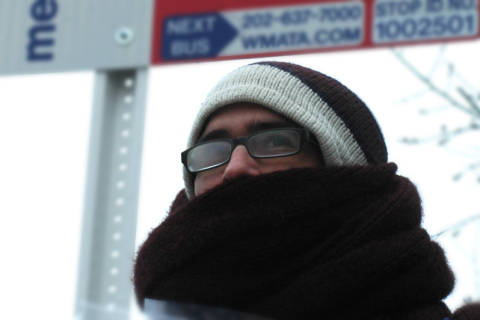What exactly is a healthy city?
It’s become a commonplace 21st century term, driven in part by the efforts of the World Health Organization and other groups to promote comprehensive local strategies for health protection and sustainable development in our increasingly urban world.
But in America’s growing neo-urban environments — which seek to blend the best aspects of urban and suburban living — the phrase takes on a much more precise meaning. A healthy city enhances how we live, work and play, delivering a quality of life that emphasizes health, well-being and social connectedness.
These community attributes don’t happen without intentional planning focused on the long-term. It’s a mindset that more communities need to proactively strive to attain.
Communities Can Help Foster Healthy Living
So, what factors make communities healthy?
One is having the commitment and the resources to address chronic diseases. According to the Centers for Disease Control and Prevention, chronic diseases and conditions — such as heart disease, stroke, cancer, diabetes, obesity and arthritis — are among the most common of all health problems. They are also among the most preventable.
A lack of physical activity is one of the leading factors that contributes to the development of chronic diseases. Despite the comings and goings of various fitness crazes and diet fads, many Americans are bad at exercising. More than half of U.S. adults don’t meet the recommended daily requirements for aerobic exercise or physical activity — because we’re too tired, too lazy or lack the resources and motivation to get active. And the results are costly. According to the CDC, medical costs linked to obesity were estimated to be $147 billion in 2008 alone.
In many instances, physical activity has been designed out of our daily lives, but smart community planning can change that. In its 2014 American Fitness Index report, the American College of Sports Medicine found that America’s healthiest cities were those that provided a mixture of infrastructure, community assets and policies that encourage healthy lifestyles. From walking paths to bike lanes, free fun runs to childhood obesity programs, communities can — and must — make encouragement of healthier lifestyles a priority.
Where to Start
The level of investment to make a city healthy can range, but if it’s not part of the master plan it won’t be included in the development and investment decisions. According to a survey from the American Planning Association, less than 10 percent of respondents said their jurisdiction had a comprehensive plan explicitly addressing obesity prevention, social capital, mental health, chronic disease, food security, health disparities, nutrition, clinical services, infectious disease, food safety or injury prevention. To begin to chip away at America’s chronic disease problem, this number has to increase.
It’s always easiest if you incorporate wellness into the fabric of the community when you’re building it, but for established communities the introduction of protected bike paths, bike shares and sidewalks connecting neighborhoods are relatively cost-effective ways to make activity more accessible.
Building — or redesigning — green and open spaces are another way to promote physical activity. A desolate park with a lone swing set and monkey bars won’t motivate the most active of people. Build-in workout equipment, bocce ball courts, sand volleyball courts, tennis practice walls and/or tennis courts. The goal is to create a scenic environment where people of all ages can have access to any level of activity, whether they’re alone or with a group.
Looking toward future growth, walkable retail environments have potential for large economic returns. Demographic shifts attributed to the coming of age of Millennials – an 80 million segment of the population — are driving this trend. Studies have found that Millennials are moving to metropolitan areas at high rates and put less value on cars compared to other generations. Developing walkable retail areas appeal not only to this generation, but also those without access to cars and older generations looking to move to vibrant communities.
In Lake Nona — an 11-square-mile integrated community in Orlando — much of our success in creating a healthy city is rooted in Lake Nona Medical City, a health and life sciences park. Its critical mass of five top clinical, academic and research facilities uses their proximity to one another to foster collaboration and health care innovation. Seeking advice early on from top health care executives and administrators allowed Lake Nona master planners to create a pervasive culture of wellness for residents and businesses.
The lesson for other U.S. municipalities is that contemporary approaches for designing and developing a community should consider these collaborative approaches. Consult with local public health and health care officials to understand what community attributes will most resonate with the local population and incorporate that advice into the master plan.
A focus on health, wellness and clustering can create a truly connected community. A ” healthy city” should be a way of life — one that other new and emerging communities should consider for their own growth and vigor.
Gloria Caulfield is Vice President of Strategic Alliance at Tavistock Development, developer of Lake Nona, an 11-square-mile integrated community in Orlando, Fla. She also oversees health and wellness programming for the Lake Nona Institute, a non-profit, community-focused organization that inspires healthy, sustainable communities of the future. Lake Nona Medical City, a 650-acre health and life sciences park, is a landmark for Orlando and a premier location for medical care, research and education.
More from U.S. News
8 Ways to Remember Something Right Now
10 Epic Trails Almost Anyone Can Hike
Health by Design: the Impact of Community on Wellness originally appeared on usnews.com







